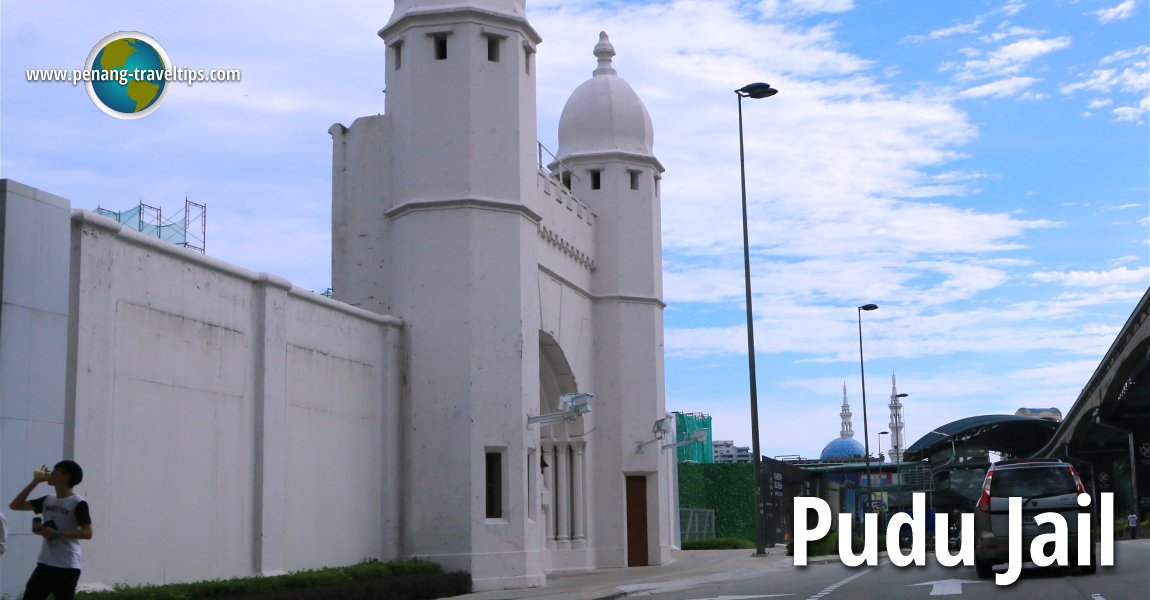 Pudu Jail (8 July, 2016)
Pudu Jail (8 July, 2016)
Pudu Jail (GPS: 3.14163, 101.70759), also known as Pudu Prison, Penjara Pudu, and sometimes written as Pudoh Gaol, was a historic prison located at the heart of Kuala Lumpur. It was built by the British under then Resident of the Federated Malay States, Frank Swettenham, in 1895 at the cost of $138,000 Straits Dollars. It occupies the site presently bounded by Jalan Pudu and Jalan Hang Tuah. The material for the construction of the prison was shipped from India and cast iron from Great Britain.
The main prison building is in the form of a "stick man with outstretched arms" represented by the four wings diagonally joined to a main trunk. It has 230 cells on three levels, and is capable of housing 900 convicts. The first governor of Pudu Jail was Lieutenant-Colonel J.A.B Ellen.
Pudu Jail is one of the prison facilities where hangings and canings were carried out. Between 1960 and 1993, some 180 convicts were hanged at the jail. Among the famous executions were those of communist underground Japanese resistance leader S.A. Ganapathy and notorious gangster Wong Swee Chin @ Botak Chin.
By the 1980's, many of the executions were related to drug trafficking. Among those hanged for drug-related offences included Australian nationals Kevin Barlow and Brian Chambers in 1984 and British national Derrick Gregory in 1989. The last execution carried out at Pudu Jail was in 1993.
Pudu Jail ceased to be a penitentiary in 1996 when the convicts held there were relocated to the Sungai Buloh Jail. In 2007, however, eight supporters of the Hindu Rights Action Force were incarcerated for a brief period in Pudu Jail following a HINDRAF rally.
In the years following closure in 1996, attempts at turning the jail into a prison museum - once in 1997-98 and again in early 2004 - failed to generate sufficient interest to make the project profitable. The site became an eyesore through neglect. Its located within the Golden Triangle of Kuala Lumpur places it on prime real estate for urban redevelopment.
On 21 June, 2010, demolition began on the prison wall along Jalan Pudu. This 394-meter wall once held the record for having the world's longest mural, and its demotion was met with much chagrin from heritage enthusiasts. The demolition was carried out for the purpose of widening the ever congested Jalan Pudu, but it heralded the beginning of the end for the historic prison. At time of writing (June 2010), the local member of parliament, Fong Kui Lun, is working to preserve another wall of the prison, the one facing Jalan Hang Tuah.
In the next few years, the site of Pudu Jail will see the construction of yet another upscale shopping mall, complete with exclusive condominiums, to be known as Bukit Bintang City Centre.
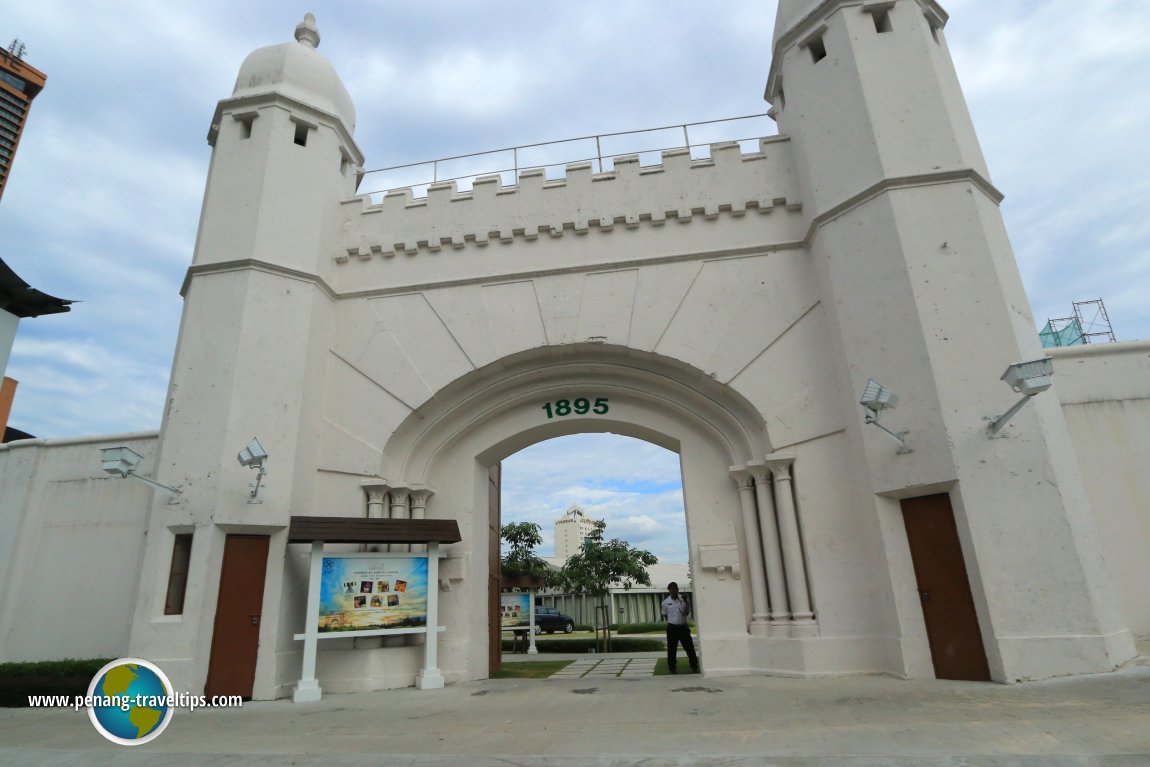 The historic entrance of Pudu Jail (8 July, 2016)
The historic entrance of Pudu Jail (8 July, 2016)
Updates
On 24 June, it was reported in the Star that according to Rais Yatim, the Malaysian Information, Communications and Culture Minister, only the arched gate of Pudu Jail will remain once the area is developed. According to him, the prison was not a building that was under the ministry's heritage list. He said that for a historical building to pass "the heritage test", it must "have significance and contributed to the welfare of society. A prison is hardly that."How to reach Pudu Jail
Take KL Monorail to the Imbi Monorail Station in front of Berjaya Times Square. Walk west along Jalan Imbi until you reach the intersection with Jalan Pudu, and you will be able to see Pudu Jail across Jalan Pudu, on the left.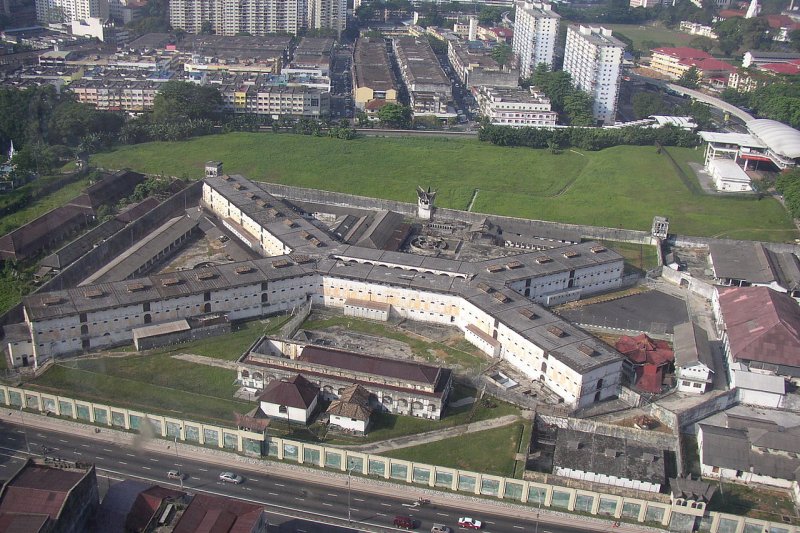 Pudu Prison aerial view
Pudu Prison aerial view https://commons.wikimedia.org/wiki/Category:Pudu_Prison#mediaviewer/File:Pudu_Prison_KL_Aerial.jpg
https://commons.wikimedia.org/wiki/Category:Pudu_Prison#mediaviewer/File:Pudu_Prison_KL_Aerial.jpg Joseph Gan
Joseph Gan
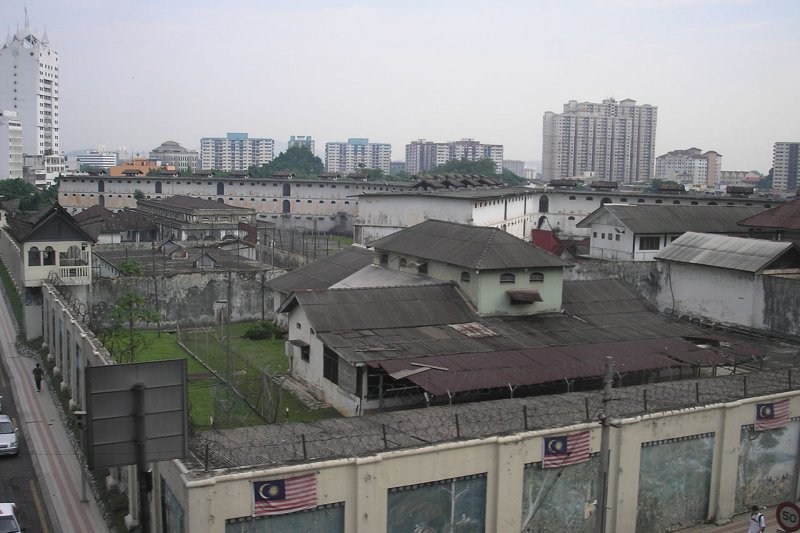 View of Pudu Prison from the KL Monorail train.
View of Pudu Prison from the KL Monorail train. https://commons.wikimedia.org/wiki/Category:Pudu_Prison#mediaviewer/File:Pudu_Prison_(interior_from_northwest),_Pudu,_Kuala_Lumpur.jpg
https://commons.wikimedia.org/wiki/Category:Pudu_Prison#mediaviewer/File:Pudu_Prison_(interior_from_northwest),_Pudu,_Kuala_Lumpur.jpg Two hundred percent
Two hundred percent
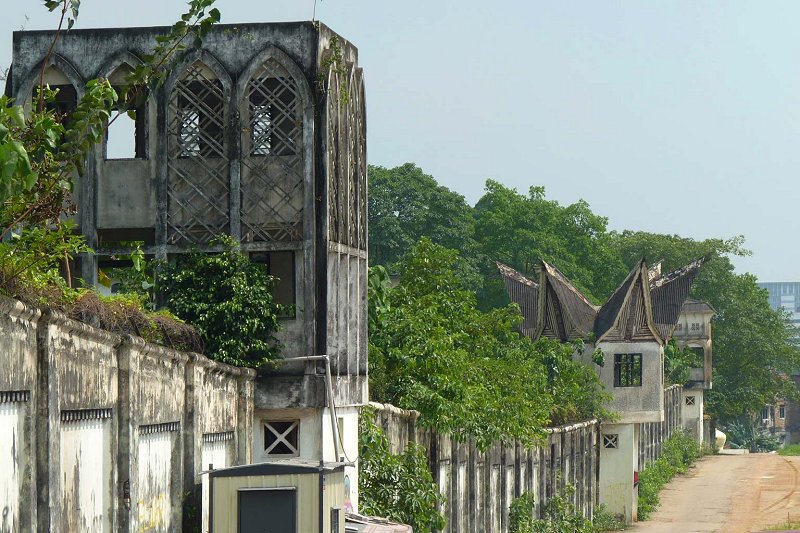 Pudu Prison
Pudu Prison https://commons.wikimedia.org/wiki/Category:Pudu_Prison#mediaviewer/File:Pudu_jail_west_wall.jpg
https://commons.wikimedia.org/wiki/Category:Pudu_Prison#mediaviewer/File:Pudu_jail_west_wall.jpg Cmglee
Cmglee
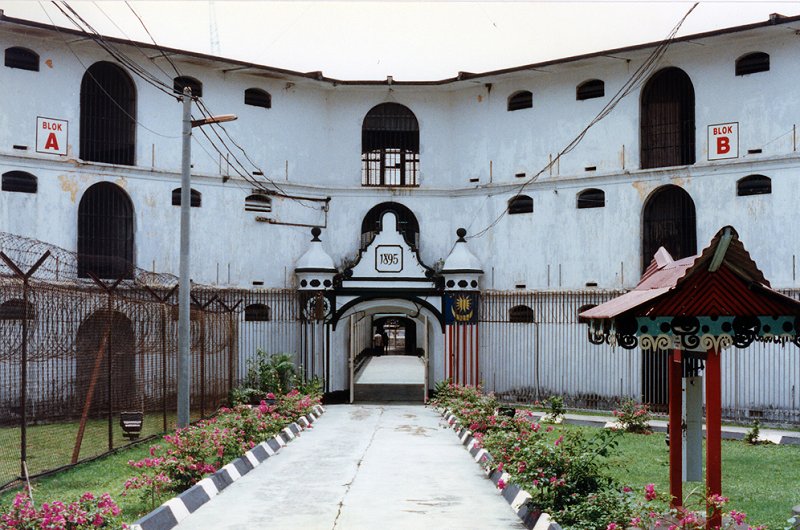 Pudu Prison
Pudu Prison https://commons.wikimedia.org/wiki/Category:Pudu_Prison#mediaviewer/File:Pudu_Prison_6.jpg
https://commons.wikimedia.org/wiki/Category:Pudu_Prison#mediaviewer/File:Pudu_Prison_6.jpg Jason7825
Jason7825
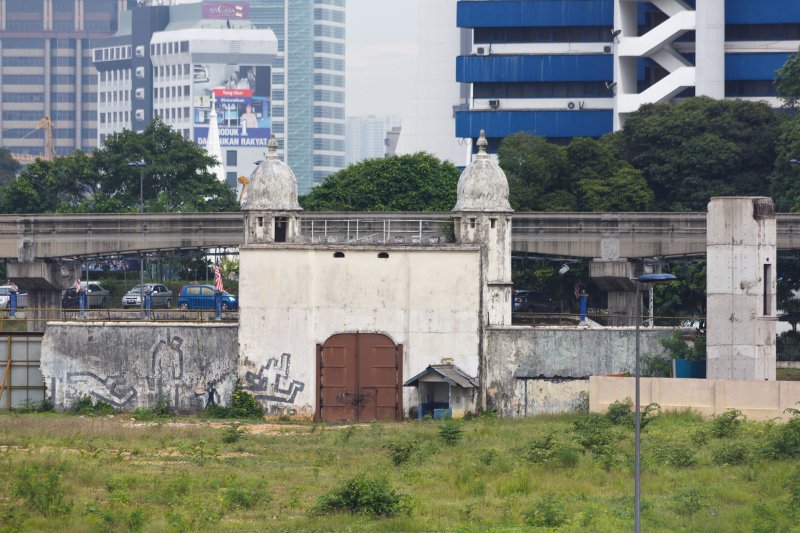 The historic gate of Pudu Prison
The historic gate of Pudu Prison https://commons.wikimedia.org/wiki/Category:Pudu_Prison#mediaviewer/File:Kuala_Lumpur_Malaysia_Gate-of-Pudu-Prison-01.jpg
https://commons.wikimedia.org/wiki/Category:Pudu_Prison#mediaviewer/File:Kuala_Lumpur_Malaysia_Gate-of-Pudu-Prison-01.jpg CEphoto, Uwe Aranas
CEphoto, Uwe Aranas
Pudu Jail is  on the map of Jalan Hang Tuah
on the map of Jalan Hang Tuah
Back to Discover Kuala Lumpur; list of Demolished Buildings in Kuala Lumpur

Copyright © 2003-2025 Timothy Tye. All Rights Reserved.

 Go Back
Go Back